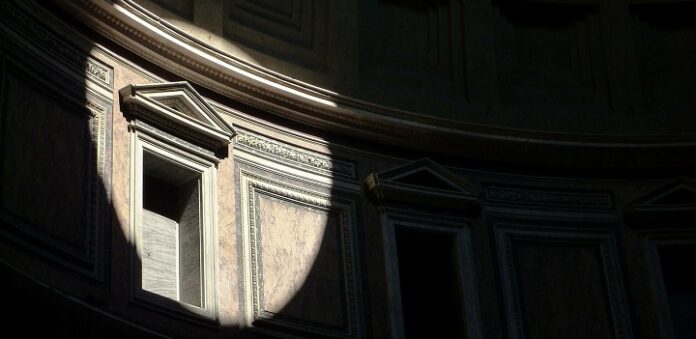When the average person thinks of the word tourism, it generally conjures up thoughts of picturesque landscapes, kitschy attractions, sprawling beaches and new experiences. Although it has grown into an enormous industry– one that is vital to many national and local economies– the basic concept behind tourism is relatively simple. The idea behind the business of tourism is relatively simple: people always have and always will want to visit new places.
Tourism is essentially the concept of travel– generally for pleasure, but not always– and the business of accommodating this travel. It could be travel to another town only a few miles away, or to an entirely new country that takes hours to reach. It could be a day-trip to somewhere relatively familiar or a month-long trek to a strange, faraway land.
The Importance of Tourism
Although the modern industry of tourism is sophisticated and global, the simple idea of it stretches back hundreds of years. In fact, the word tourist was first known to be used in 1772, and tourism was first used to describe this idea in 1811. It is a significant and vital source of income for many regions, and tourism accounts for 30% of the world’s global trade services and 6% of overall exports of goods and services.
Tourism comprises a number of industries and services like hospitality, transportation, cruises, amusement parks and essentially anything that draws a person to a certain region– as well as the means for getting there. If you book a tour with Go New York Tours or reserve a hotel in Florida, you are engaging one of the world’s most critical enterprises.
But while modern tourism has grown into something large and meaningful, the basic concept remains the same, and the history of tourism dates back as far as the first person who travelled outside of his local area for leisure.
Ancient Tourism
The first known examples of our idea of tourism actually dates back to the height of the Roman Empire. During this period, wealthy people had time to spend and the means to travel, and they began to explore the empire that comprised all of the Western World at that time. These citizens often traveled the empire to experience new cultures, see great buildings, visit the famous spas, learn new things and try leisurely explore unfamiliar areas.
The Roman Empire essentially connected the entire known world in a similar fashion that the internet and our global systems connect us today. It provided citizens with a unique opportunity to travel to strange and distant lands without leaving the safety, sophistication, laws or language of Rome.
Medieval Tourism
With the fall of the Roman Empire came the loss of this interconnectivity, and the Western World fell into the Dark Ages. However, as the great religions of the world began to grow and become established, people again had reason to travel and visit new lands. Unlike the wealthy leisure travel of Roman times, even the lower classes could participate in the religious pilgrimages that would come to define travel during this period.
Christians, Buddhists and Muslims all had reasons to travel to their own respective holy lands and shrines, and this allowed the growth of a primitive type of tourism industry. Inns profited from the travelling guests; knights and mercenaries provided protection to pilgrims; and businesses within the destinations profited the most. The best example we have of this kind of Medieval tourism is in Chaucer’s Canterbury Tales, one of the oldest and most important pieces of literature that was purely English.
Renaissance Tourism
Following the religious pilgrimages of the Middle Ages, a newfound interest in classical art and ideas sparked a new reason for wealthy individuals to travel. People began to travel to Italy, Greece and other Mediterranean areas to see for themselves the art, architecture and history that defined the Western World.
Perhaps the earliest example of our modern concept of tourism can be dated back to a traditional trip around Europe– taken by wealthy young European men and known as the Grand Tour. The tour included trips to specific spots on a standard itinerary that included Germany, Italy and much of Europe.
Modern Tourism
Our modern-day tourism began as the world became more industrialized. Grand travel infrastructures that included roads, carriages and ferries began to pop up, as well as hotels and other accommodating businesses. It was during the 1960s– with the growth of the American middle class and disposable incomes– that we truly began to see the industry we know as tourism take shape.
Some might say that the beuty of tourism is lost with people obsessed with social media looking to get spotify plays from real people on their playlists in every town they go to or instagram likes the world over. Some may say it has died. BUT when you see an increase telegram members now. as an ode to a lost era of communication, you can appreciate that some people are still in it for the right reasons and want to experience their bit of tourism history when writing back to mum.



